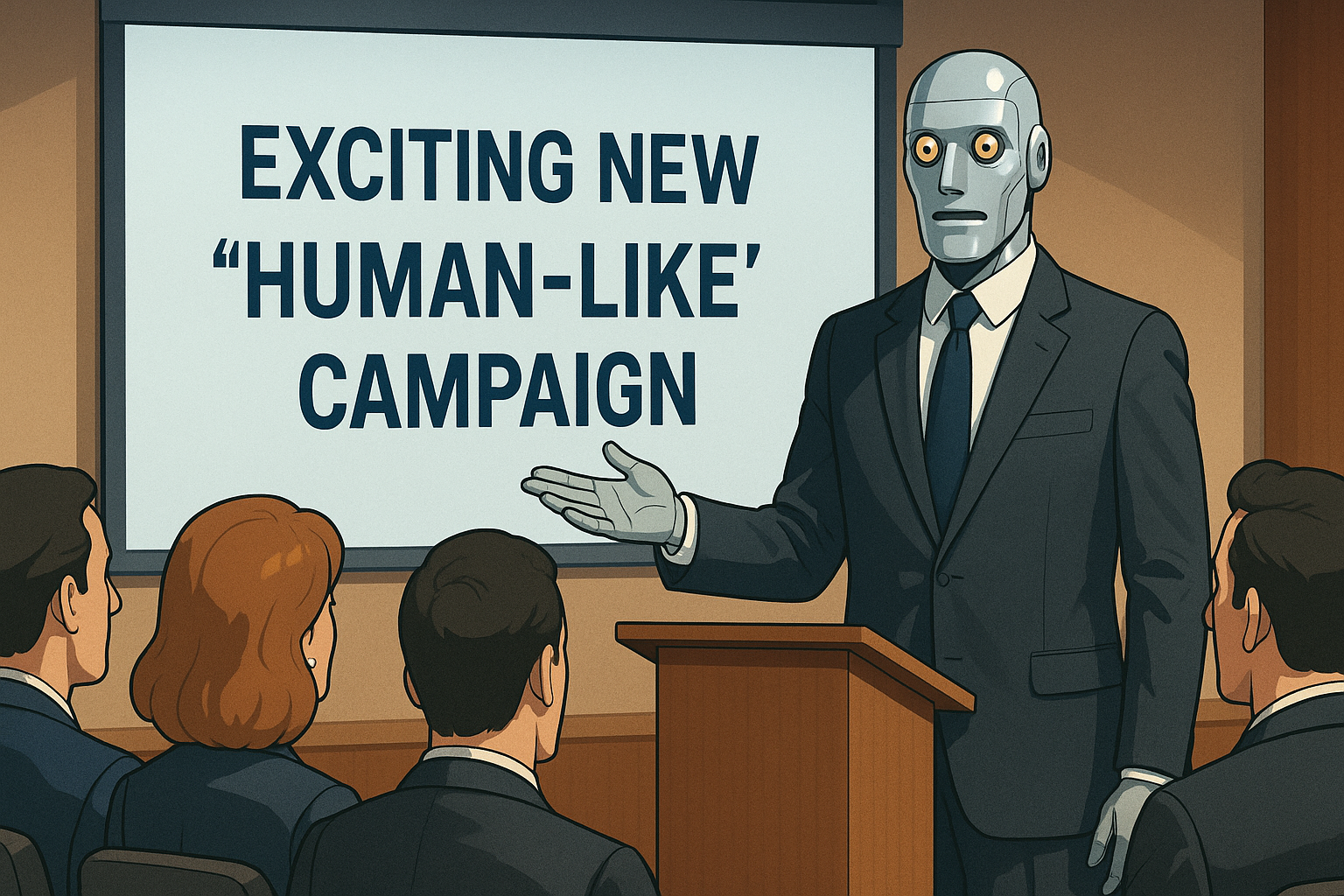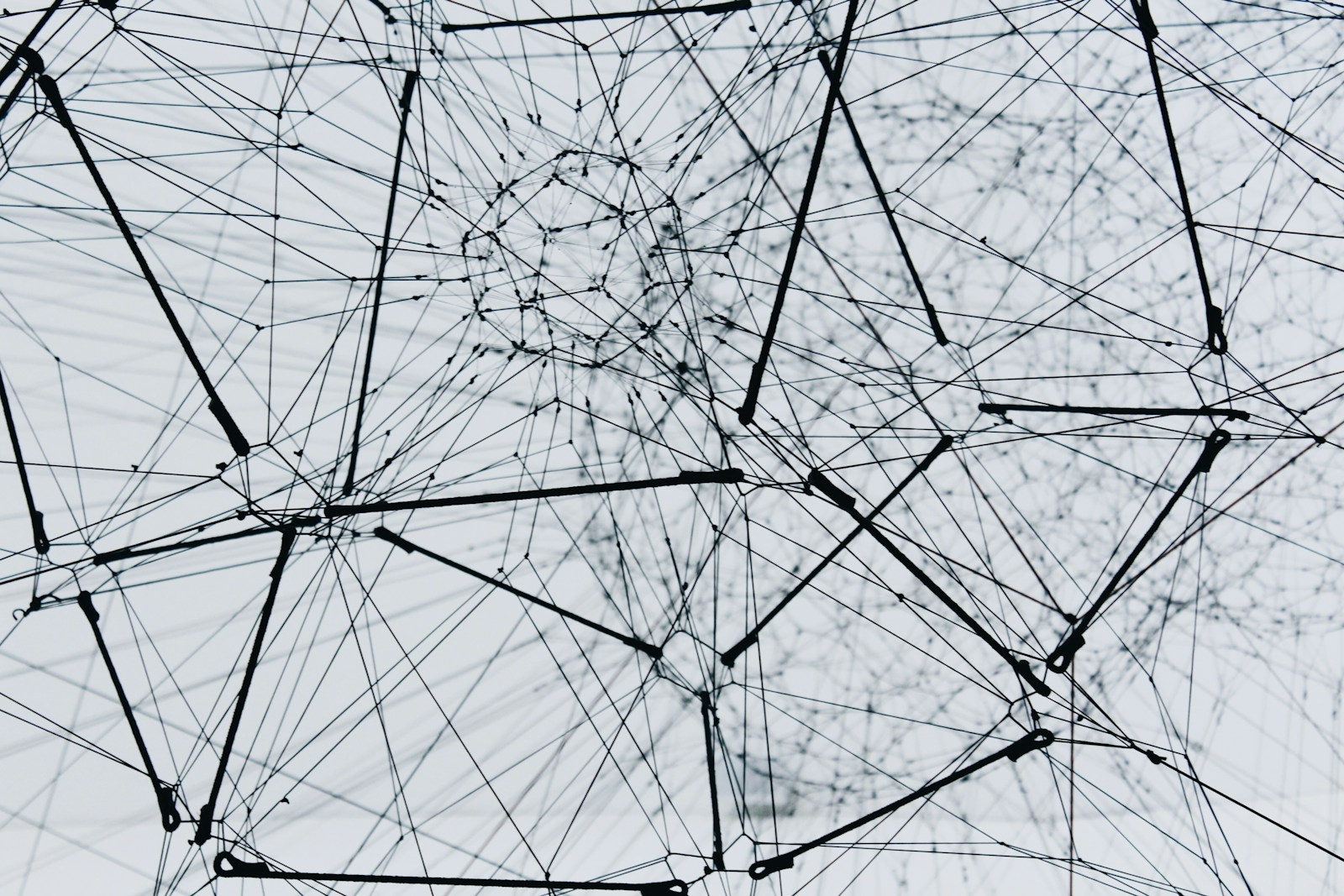Buyers don’t move in straight lines. So why are we still marketing like they do?
Ah yes, the funnel. That tidy little triangle with Awareness at the top and Purchase at the bottom. It’s been slapped onto more slide decks than anyone should admit. But here’s the thing:
The funnel is dead.
It’s been dead.
We just keep pretending it’s not because it makes reporting easier.
Real buyer journeys are chaotic
Let’s get real:
- People don’t go from ad > blog > landing page > demo like clockwork.
- They bounce around. They ghost. They come back three months later after hearing your name on a podcast.
- Some ask their mate for a recommendation. Some stalk your socials for weeks before clicking anything.
Your buyer isn’t sliding down a funnel. They’re navigating a minefield of distractions, competing priorities, and other options.
So why are we still reporting like it’s a neat, downward slope?
Linear models reward the wrong things
When we rely on funnel stages to measure success, we end up over-investing in whatever we can “track” — and undervaluing everything else.
Here’s what gets rewarded:
- Last-click attribution
- Direct response ads
- Gated content forms
Here’s what gets questioned:
- Podcasts
- Organic social
- Brand campaigns
- Community building
- Creative that doesn’t fit into a spreadsheet
And then we wonder why our pipeline is drying up.
We need a new mental model
Instead of a funnel, think of your marketing like a universe. A messy, overlapping web of signals, impressions, conversations, content, and timing. Planets, moons, gravitational pulls — all orbiting the customer’s needs, not your sequence.
Your job isn’t to push people down a sequence. It’s to be visible, valuable, and memorable enough that when they’re ready, you’re in the mix.
I like to think of each marketing channel as a trigger. These triggers bring people into our orbit — a universe we’ve built for them to explore, discover, and eventually act. The more triggers we can activate, the more entry points we create.
Our job is to stack as many relevant triggers as possible for our audience, pulling them toward us over and over again. Yes, we can shape and influence these triggers with stronger creative, storytelling, and psychological cues. But at the end of the day, we’re not guiding people down a funnel. We’re building the gravitational conditions for them to choose us.
Final thought
Still trying to track every step and assign value to each stage? Good luck.
You’re not building a funnel. You’re building familiarity.
And if your brand only shows up when there’s a form to fill, you’re already late.
Funnels were built for gravity, not decision-making. If you’re still clinging to one, don’t be surprised when your leads fall through the cracks.




